Introduction
You’re sitting in a boardroom, listening to yet another presentation about “deploying an AI agent” to automate internal operations—but you know what’s coming next: six months later, the thing is half-broken, nobody uses it, the budget’s eaten, and your team still hunts for insights in spreadsheets. Real pain.
Here’s the truth: building an AI agent is not the hard bit. What kills you is how to scale and maintain AI agent knowledge so that the system remains useful, trusted and cost-efficient over time. That’s what we’re going to talk about.
You’ll learn how we at Kuhnic help clients in law firms, consulting firms, cybersecurity companies and startups to set up agents that don’t rot, cost less, and get used. We’ll walk through the problem, the practical fixes, and a client-style example you can relate to.

The Problem: Your Agent is Already Decaying
You launch your AI agent with fanfare. It answers queries from your knowledge base, pulls from documents, maybe even interacts with users. Great. But then:
The documents change, but your agent doesn’t catch up.
Users ask unusual questions and get wrong or irrelevant answers, so trust erodes.
The volume of content grows, the search space multiplies, performance drops.
You’ve got “knowledge silos” where some teams update information, others don’t, and the agent isn’t coherent.
You’re stuck with manual edits, patchy ownership, and rising cost of keeping the system alive.
All this means: the promise of the agent (reduce time, reduce cost, make people more efficient) becomes a cost-centre instead of an asset.
Here’s a stat to anchor this: 38 % of knowledge-management teams already use AI to recommend content and knowledge assets. So the inversion—the agent becomes stale—is a live risk.
Why Scaling and Maintaining AI Agent Knowledge Matters
Let’s unpack why this isn’t just a “nice to do” but a must.
Cost of decay: If your agent gives bad results, people revert to old workflows (email, PDFs, phone calls). You lose the ROI.
User trust: If the agent begins to mis-answer or seems irrelevant, your team stops using it. That’s “shelfware”.
Volume growth: Your business grows (new clients, new services, new regulations). Your knowledge base expands. If the agent architecture can’t scale, performance and accuracy drop.
Compliance/legal risk: Especially in law firms or cybersecurity contexts, outdated or incorrect answers can create liability.
Maintenance overhead: Without proper processes, you’ll spend more time cleaning up than building forward.
So your goal: make the AI agent knowledge asset live, scalable, accurate — instead of “once built and forgotten”. That means you need to focus on systems, process, ownership, and measurement. Not just a tech toy.
Step-by-step: How to Scale and Maintain AI Agent Knowledge
Here’s the practical framework we use for clients at Kuhnic. It’s structured, we don’t hide behind buzzwords, and it lines up with what you, as COO or Head of Ops, care about: time, cost, usability.
1. Define what “knowledge” means for your agent
Before even scaling, you need to answer: what knowledge will the agent use? Examples:
For a consulting firm: project templates, past engagement summaries, and client-industry best practices.
For a law firm: precedents, firm-wide research memos, and regulatory updates.
For a cybersecurity company: threat playbooks, incident-response logs, and tool-integration details.
Decide the types of content, where it lives, and how structured. If you skip this, you’ll have a messy agent that draws from “everything”, and answers are inconsistent.
2. Build a modular architecture for your agent’s knowledge
You want your agent’s knowledge to scale. Here’s how we do it:
Knowledge ingestion pipelines: Automate pulling new documents, updating indexes. Manual uploads are only for rare cases.
Metadata & tagging: Each document gets tags like client, domain, date, and owner. Helps search and filtering.
Segmented layers: Core stable content (e.g., firm policies) vs fast-moving content (e.g., current projects). They get different update cadences.
Version control/audit logs: When knowledge changes, you want to know who changed what and when. This supports maintenance and accountability.
With this structure, you have a scalable foundation: when you add new content modules, you don’t blow up the system.
3. Ownership and governance
This is the process bit you cannot skip. Who is accountable for the health of the knowledge?
Assign “knowledge champions” in each functional area (ops, legal, cybersecurity). They own updates.
Create review cadences: e.g., quarterly audit of stale content older than 18 months, monthly spot-check of top-queried documents.
Establish metrics: e.g., number of unanswered queries, average answer time, and accuracy feedback. Use these to drive action.
Often, the agent fails because “no one owns it” after the launch hype.
4. Continuous monitoring and feedback loop
Scaling and maintenance are not “set and forget”. You need feedback systems. For example:
Capture all queries your agent cannot answer (or answered incorrectly). Review those monthly and decide: is content missing? Is the logic wrong? Fix and feed back.
Use analytics: how many users ask the agent, how many cases escalate to humans, and how many users are satisfied.
Update content proactively: If a regulation changes or your services shift, update the knowledge base and regenerate indexes.
This is how you keep the agent relevant.
5. Performance optimisation and cost control
As content grows, search indexes get bigger, queries get slower, and costs rise. Here’s how to keep control:
Archive outdated knowledge automatically (e.g., older than N years unless flagged).
Use relevance scoring: push high-value content to the front, deprioritise low-value.
Monitor compute & storage costs: you might need to partition knowledge by service, region, or client segment.
Use incremental updates rather than full rebuilds where possible.
6. Scaling across domains and geographies
If you’re a consultancy or legal practice expanding, you’ll want the agent to cover new domains (e.g., new industry verticals) or geographies (new countries, languages). To do this:
Reuse architecture: ingest new domain content into the same modular system.
Possibly create sub-agents or “skills” per domain, but use the same core access/search layer.
Ensure localisation: language, policy differences, client norms. Tailor the knowledge accordingly.
Test user adoption: make sure teams outside the original domain find it useful. If not, adapt content/training.
7. Example: How Kuhnic did it for a consulting firm
One of our clients, a fast-growing consulting firm with 450 consultants in 10 countries, faced this: their internal “knowledge agent” had 2,000 documents, but only 12 % of queries were answered without human hand-off. They spent 30 % of one team’s time managing content.
We worked with them to apply the above framework:
Defined their knowledge domains (industry practice, methodology, case studies) and mapped owners per region.
Built ingestion pipelines: new case study added triggers, metadata tagging,and indexing within 24 hrs.
Launched dashboard metrics: number of unanswered queries, speed of answer, and user dropdown of “was this helpful”.
Quarterly reviews: archiving 15 % of stale content each quarter.
After 6 months, the first-pass answer rate rose to 48 %, human hand-off dropped by 23 %, and content management time was cut by 45 %.
The COO reported, “This is not just a chatbot—this is the assistant people use”.
This is not fluff. It’s about making your agent a working tool, not a pilot.

Putting it All Together – Your to-do List This Quarter
Here’s what you as COO/Head of Ops can actually do in the next 90 days to move from talk to traction:
Set up knowledge ownership: Identify 2-3 champions (one per major domain). Clarify their role and cadence for review.
Audit your current agent knowledge base: How many documents, last updated when, no-query hits (i.e., unanswered questions)?
Define metrics dashboard: Agree on, say, “first-pass answer rate”, “number of unanswered queries”, “time to update new document”.
Create ingestion and archival workflow: Automate document intake where you can; choose rules for archiving older content.
Pilot a domain expansion: Choose one new service line or geography. Set up domain content ingestion, tagging, and user training. Monitor results.
By doing these, you move your project from “we built an agent” to “we scale and maintain an AI agent knowledge asset”.
The Kuhnic Approach
At Kuhnic we’ve built automation for real companies who don’t have time for theory. You care about saving time, reducing cost and getting the tool to actually work. We bring:
Experience in operationalising agents in regulated, professional-services environments.
A framework for scaling knowledge that ties to metrics, ownership and cost controls.
A direct link between the tech build and your business-ops needs (so we speak your language, not tech-nerd speak).
If you implement the steps above, you’ll have an agent your team uses, not forgets.

Conclusion
Scaling and maintaining AI agent knowledge is not optional—it is the thing that decides whether your AI agent becomes a cost sink or a productivity driver. We’ve walked you through why it matters, what the steps are, an example you can believe, and your first moves this quarter.
Want to see how this works inside your business? Book a 20-minute walkthrough with an expert at Kuhnic. No fluff. Just clarity.
FAQs
What does “scale and maintain AI agent” really mean for a law firm?
At Kuhnic, we interpret “scale and maintain AI agent” as not just launching the agent, but ensuring it keeps working as your knowledge grows (new cases, new regulations, new clients), users trust it, and costs don’t explode. For a law firm, this means indexing precedents, updating firm memos, pruning outdated regulations, monitoring query types, ensuring compliance—all so the agent remains reliable and usable.
How much resource should I allocate to maintaining the knowledge base of an AI agent?
Based on our consulting with firms, the initial build may require ~20-25 % of a full-time person (for metadata, ingestion workflows, tagging). Once in steady state, you should allocate ~5-10 % of a full-time person plus quarterly review sessions. The key is that you have predictable governance and metrics so it doesn’t balloon unexpectedly.
What if I already have content scattered across systems—can we still scale and maintain AI agent knowledge?
Yes. The typical path we follow: run a content audit (where are your documents, how up-to-date), then build an ingestion pipeline so new content flows in. Then tag and partition content so the agent can search effectively. Governance kicks in so future content is managed. The “maintain” part means you must periodically prune, restructure, and monitor usage.
How do I measure whether my AI agent knowledge maintenance is working?
Key metrics we monitor:
First-pass answer rate: how often the agent answers without human intervention.
Unanswered/hand-off rate: how often queries get kicked to a human.
Time to ingest new content and make it searchable.
User satisfaction or feedback (“was this helpful?”).
Cost per query (compute + storage + content maintenance).
If these metrics are moving in the right direction, you’re on track.
Why does Kuhnic emphasise both scale and maintenance when many vendors focus only on build?
Because we see many clients launch an agent, treat it as “done”, and by month six, the agent is ignored. You end up spending more to fix it than you would have to maintain it. Our emphasis on both scale and maintenance means we deliver an agent you can grow (scale) and trust (maintain). That combination drives the business value – time saved, costs reduced, tool used – rather than a one-off project.




